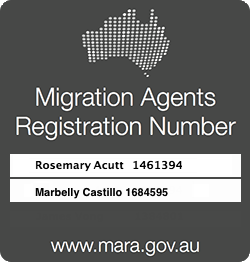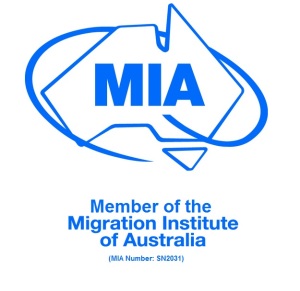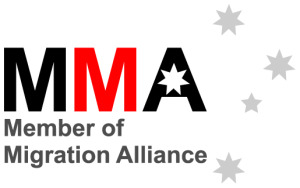Navigating Parent Migration to Australia in the 2024-25 Program Year
The recent federal budget announcement has confirmed that planning levels for Parent visas in Australia will remain unchanged at 8,500 places for the 2024-25 program year. This decision mirrors last year’s allocation, which will continue to exacerbate slow visa processing times being faced by families hoping to reunite in Australia through the various Parent Visa Programs.
The two main categories of parent visas available under the Parent Migration Program are the Contributory Parent visa and (non-contributory) Parent visa. Unfortunately, the wait times for these visas are among the longest of any Australian visa category.
Understanding the Planning Levels
In general, there are more Parent visas being submitted under the Parent Visa Program than the number of places allocated each year for visas to be approved. For this reason, most applicants will wait several years for a place to become available for their visas to be approved.
Prior to the onset of the COVID-19 pandemic, the average wait time for a Contributory Parent visa was around 5-6 years, and upwards of 20+ years for a non-contributory Parent visas.
During the pandemic whilst Australian borders were closed, planning levels for Parent visas were slashed to 4,500 places or half the number of places usually allocated within this program, whilst at the same time, the Australian government received higher than usual numbers of lodgements. This resulted in a significant disruption to the processing pipeline, with the consequence that applicants who lodged their visas pre-pandemic will now wait longer for their visas to be processed, whilst applicants who have lodged after the pandemic could face wait times of up to 12 or more years for their visas to be finalised.
Estimated Wait Times
It can be notoriously difficult to predict wait times within the Parent Migration Program. This is because changes in planning levels, as well as internal government decisions relating to the order of processing (for examples cases that are remitted from the Tribunal, or cases requiring escalation, e.g. applications from Ukraine due to conflict where prioritised in 2022) will impact individual wait times. As the government can only grant a set number of Parent visas each year, any decision to prioritise certain lodgements over others will impact other applicants waiting in the queue.
The federal government is currently processing Contributory Parent visas that have been lodged / queued up to 26 June 2017. Based on current planning levels, we would estimate future lodgements to be processed within the indicative time range published below:
| Date of Lodgement | Estimated Processing Time |
| June 2017 | August 2024 |
| December 2017 | January 2025 |
| January 2018 | February 2025 |
| June 2018 | August 2025 |
| December 2018 | January 2026 |
| January 2019 | February 2026 |
| June 2019 | August 2026 |
| December 2019 | February 2027 |
| January 2020 | March 2027 |
| June 2020 | August 2027 |
| December 2020 | February 2028 |
| January 2021 | March 2028 |
| June 2021 | September 2018 |
| December 2021 | June 2029 |
| January 2022 | July 2029 |
| June 2022 | February 2030 |
| December 2022 | January 2031 |
| January 2023 | March 2031 |
| June 2023 | June 2032 |
| December 2023 | December 2033 |
Please note the above are estimates only and are based on a number of assumptions, for example that migration planning levels will remain stable at 8,500 cases per year, but the speed of processing will vary from month to month, so this is an approximate timeline.
This date also assumes that 10% of visa applications each year will be refused, withdrawn, or will not make it to visa grant for another reason – eg the death of the visa applicant.
It also assumes that queue dates will be issued in chronological order, however as noted above, sometimes due to extenuating circumstances some applications may be prioritised over others.
Temporary Visa Options
Given the substantial wait times for Contributory and (non-contributory) Parent visas, families should consider temporary alternatives to spend time together in Australia whilst their applications are processing. Options include:
1. Temporary Visitor Visas: These visas allow parents to visit Australia for short stays, typically up to one year.
2. Temporary Sponsored Parent Visas: This visa facilitates stays ranging from 3 to 5 years and renewable up to 10 years, providing a longer-term solution for parents waiting for permanent residency.
While these temporary visas do not offer a pathway to permanent residency, they can be a practical way for families to maintain close ties and make lasting memories while waiting for permanent visas to process.
Conclusion
The 2024-25 program year offers little relief for those hoping for a reduction in wait times for Parent visas. The continued low allocation and the backlog caused by the pandemic mean that families will need to remain patient. Exploring temporary visa options can provide a valuable opportunity for parents and children to be together in the interim.
If you have specific questions or concerns about your visa application or alternative options, please do not hesitate to contact our office for personalized advice and support. Navigating the complexities of the Australian immigration system can be challenging, but with the right guidance, you can find the best path forward for your family.




